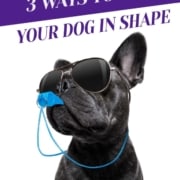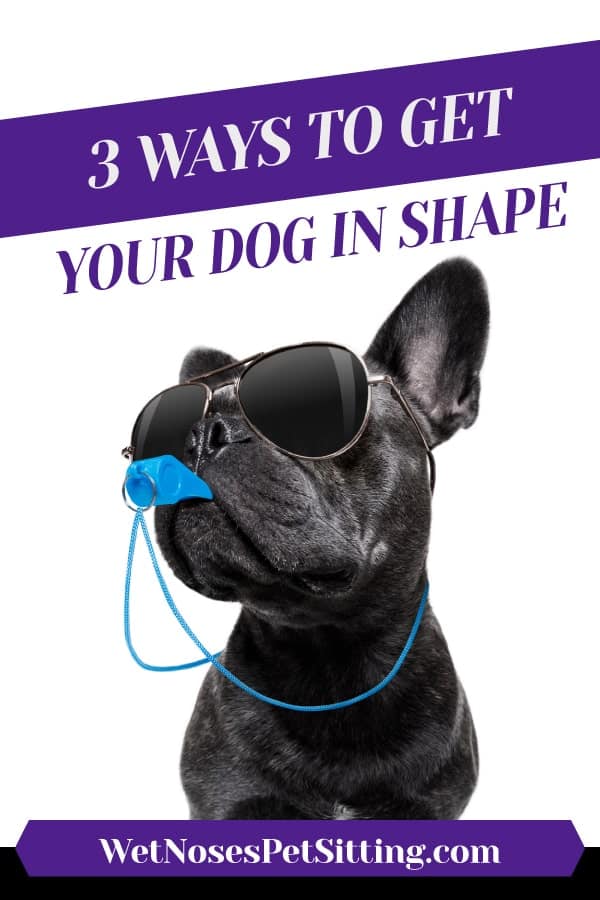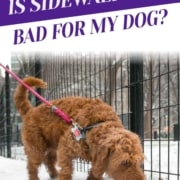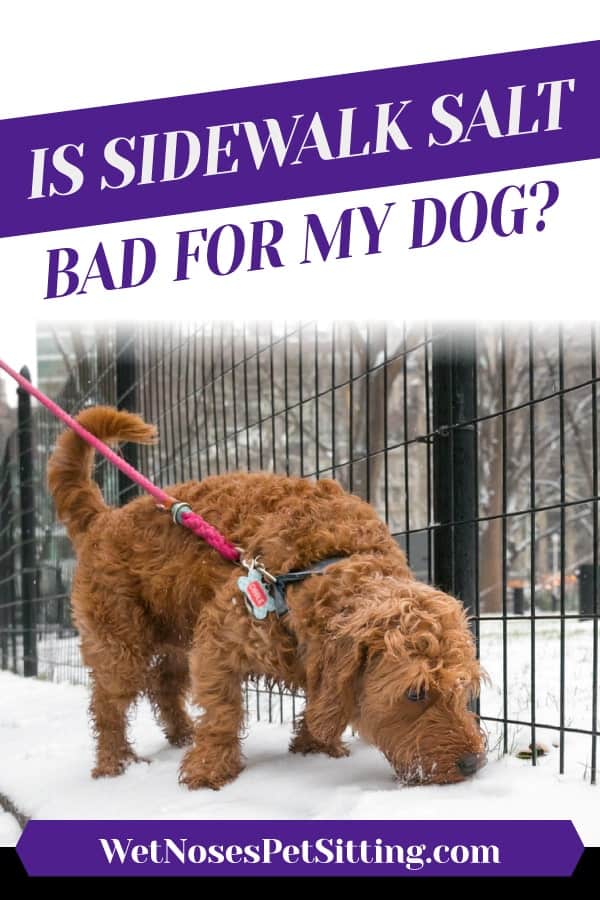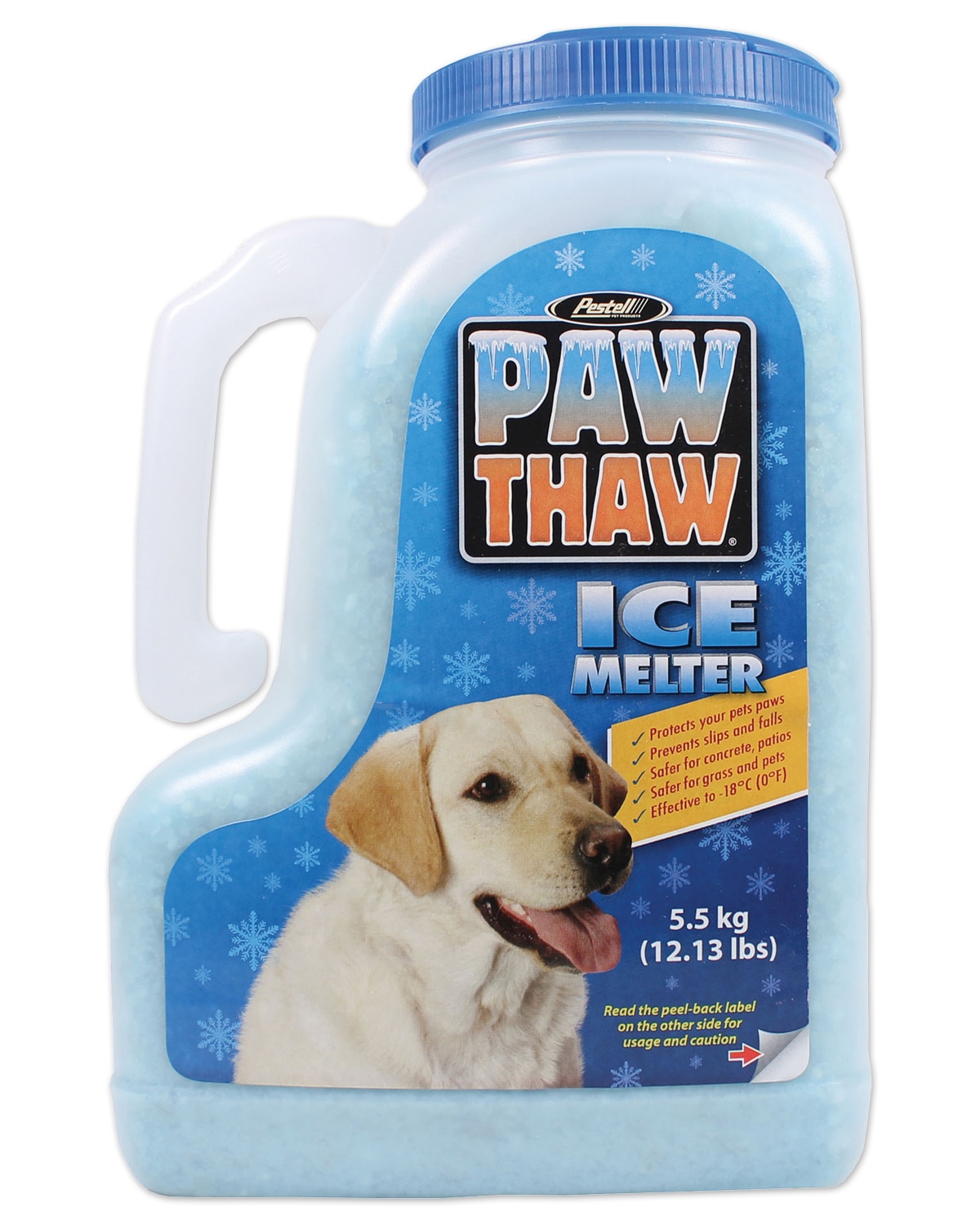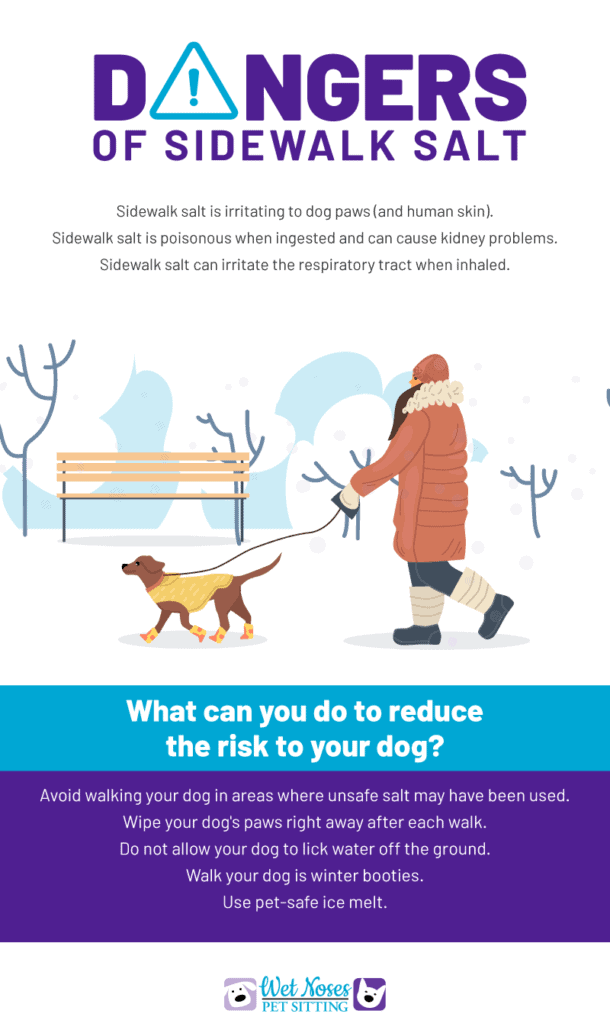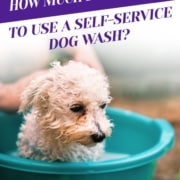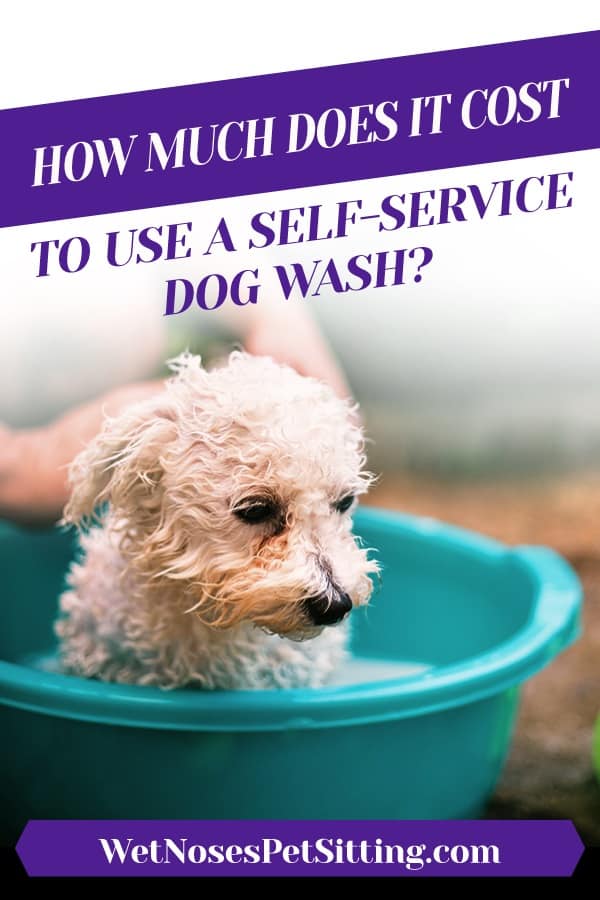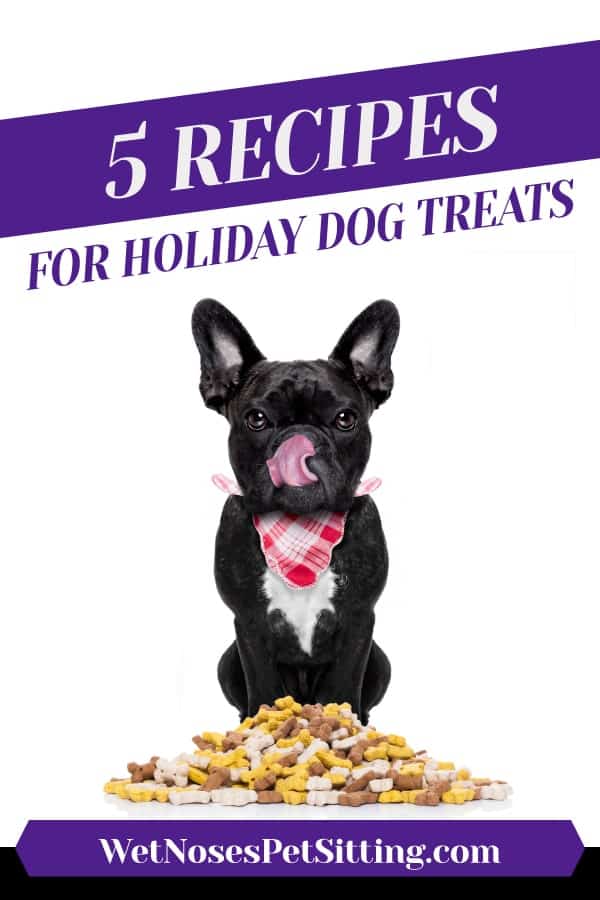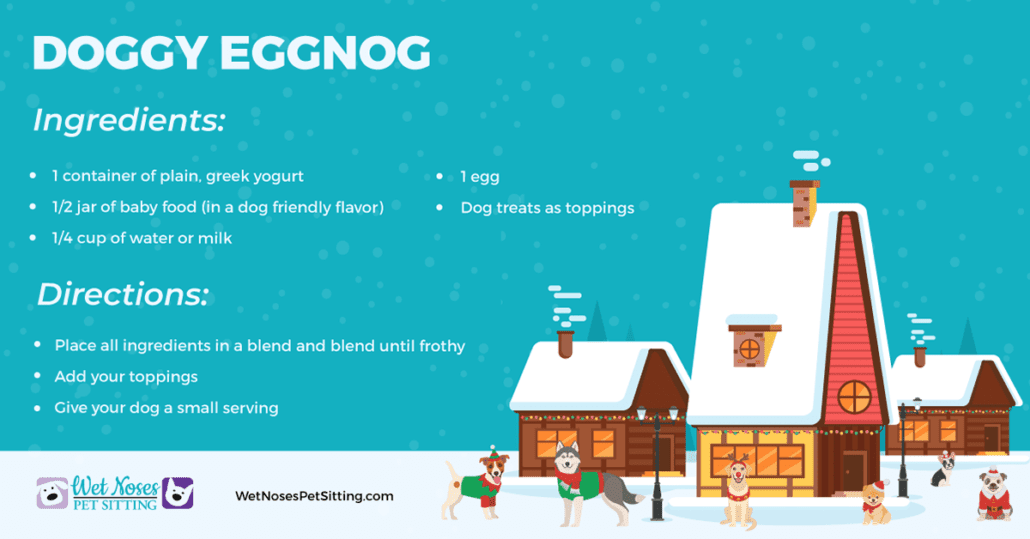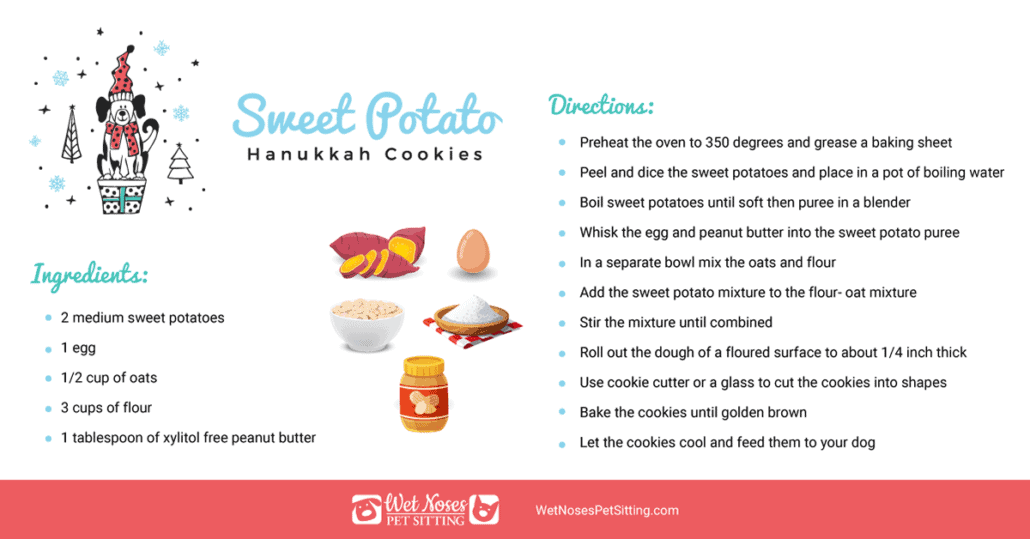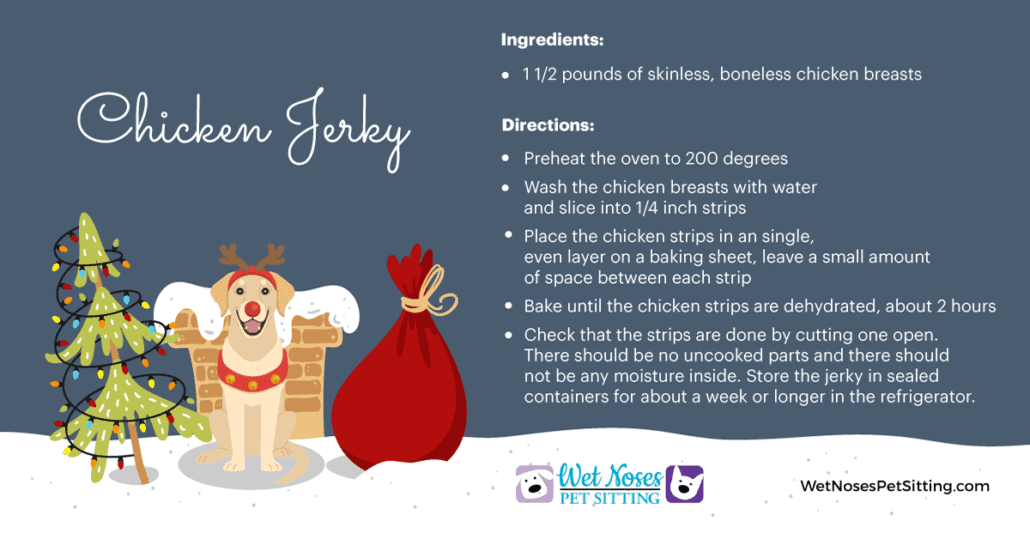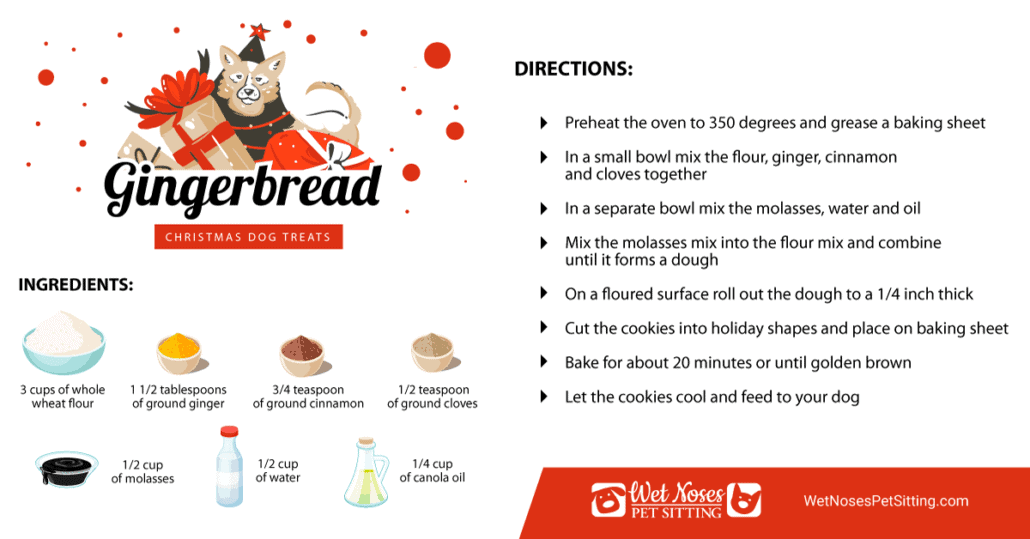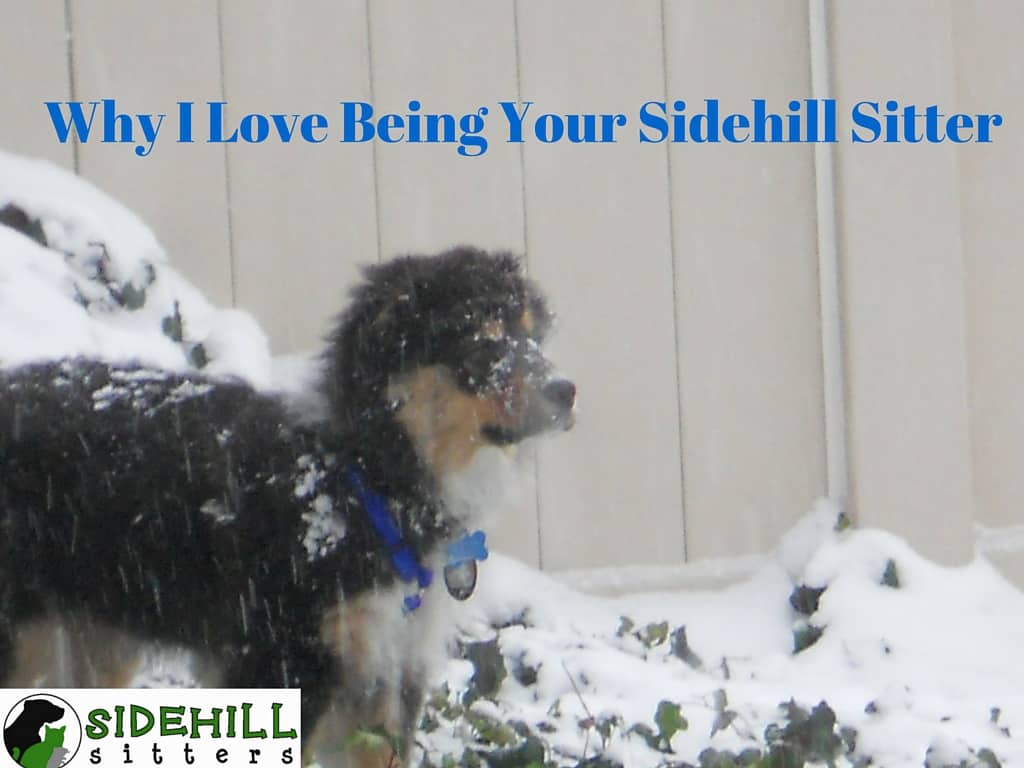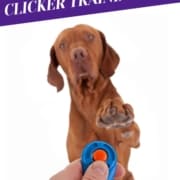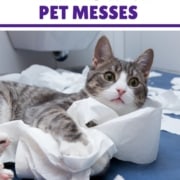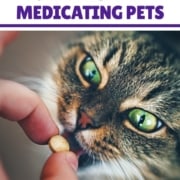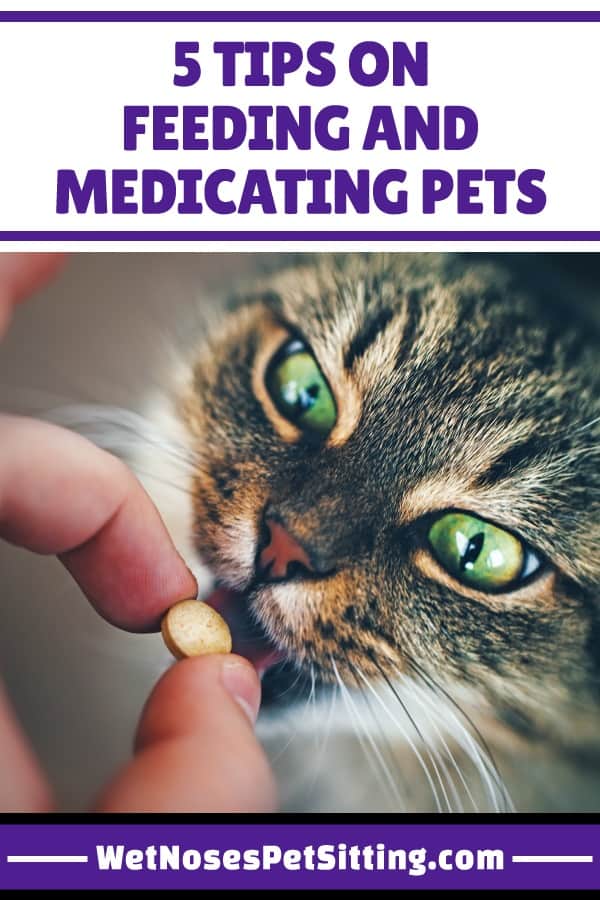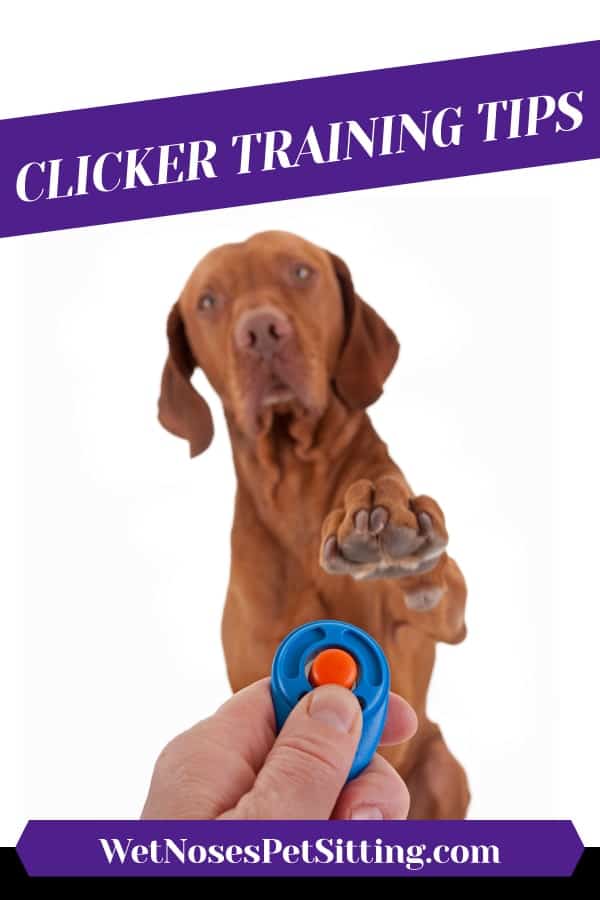
There are many different positive reinforcement training methods available to both cat and dog owners. One of my favorite methods is clicker training, it is a good way to quickly train your pet with less treats than traditional training.
Clicker training is used by thousands of animal trainers to teach all types of animals. It can be used to teach dogs obedience, leash manners, agility and many other things. It can also be used to teach tricks and other positive behaviors to cats.
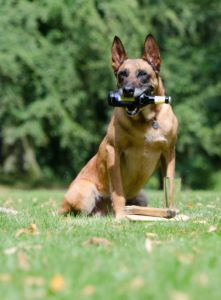
What is clicker training?
Clicker training is using a sound (generally a clicker) to positively reinforce your pet for a behavior he or she is doing. In clicker training, a click is used every time a good behavior happens and treats are given later (which means fewer treats).
Why should I clicker train my pet?
Clicker training has a couple of cool benefits. Clicker training allows you to reward positive behavior more quickly than giving your pet a treat. Depending on your reaction time, you could be clicking 10-15 seconds after your pet does the positive behavior. Giving a treat to your pet generally takes a longer time, which may cause your pet to forget the positive behavior he or she did. This helps your pet learn what the behavior you want to see, and learn it more quickly.
Because you click for each behavior rather than give your pet a treat, you feed less treats per training session. This is really helpful if you are working with an overweight pet or do not want your pet to gain weight.
How do I get started clicker training?
Clicker training is all about associating a sound with a reward, so start by picking a sound. Pick a sound that is easy to make and distinct (will not be heard outside of training). For example, it is not recommended you use a clap because your pet will hear clapping outside of the training session and may get confused. This is the reason many people use the clicker. It is a very distinct sound, and it may be quicker to make than any sound you can make on your own. Clickers are easy to find at pet stores and generally cost around $2.
Next get started with your first sessions of training. These sessions will be very treat heavy, so pick a treat that your dog likes. Because clicker training is all about associating a sound with a reward (like a treat) you will be clicking and giving your dog a treat per click. Start by getting your dog’s attention, and simply clicking the clicker. After each click, quickly give your dog a treat. Do this for a few 5-10 minute sessions. After a few sessions, start mixing in simple behaviors with clicking. For example, have your dog sit, then click and treat. Do this for a few sessions and slowly wean down to only treating for every 10 clicks. Be sure to give your pet some treats after each session to tell him that he did a good job.
Next move on to the first behavior you want to teach, do so slowly. Because your dog is new to training, still give treats pretty frequently during the sessions. If you are teaching a complicated behavior, like how to walk nicely on a leash, use multiple steps to teach this. For simple behaviors you can use one step. An example I am going to use is teaching a pet how to come. Have someone hold your pet at the other end of the room and use your come signal. Only when your pet comes to you, give a click and give a treat. Repeat this behavior, give a click and treat the second and third times. The next time your pet comes, give only a click. Repeat this for the remainder of your session, mixing in a few treats with clicks. At the end of the session give your pet treats to tell him he did a good job. At each training session, reduce the amount of treats given during the session to only treating at the end. Do this until your pet masters the behavior.
Clicker training is a great way to teach pets positive behaviors. Be sure to use treats your pet likes and keep training sessions short for success!
 Playing
Playing
